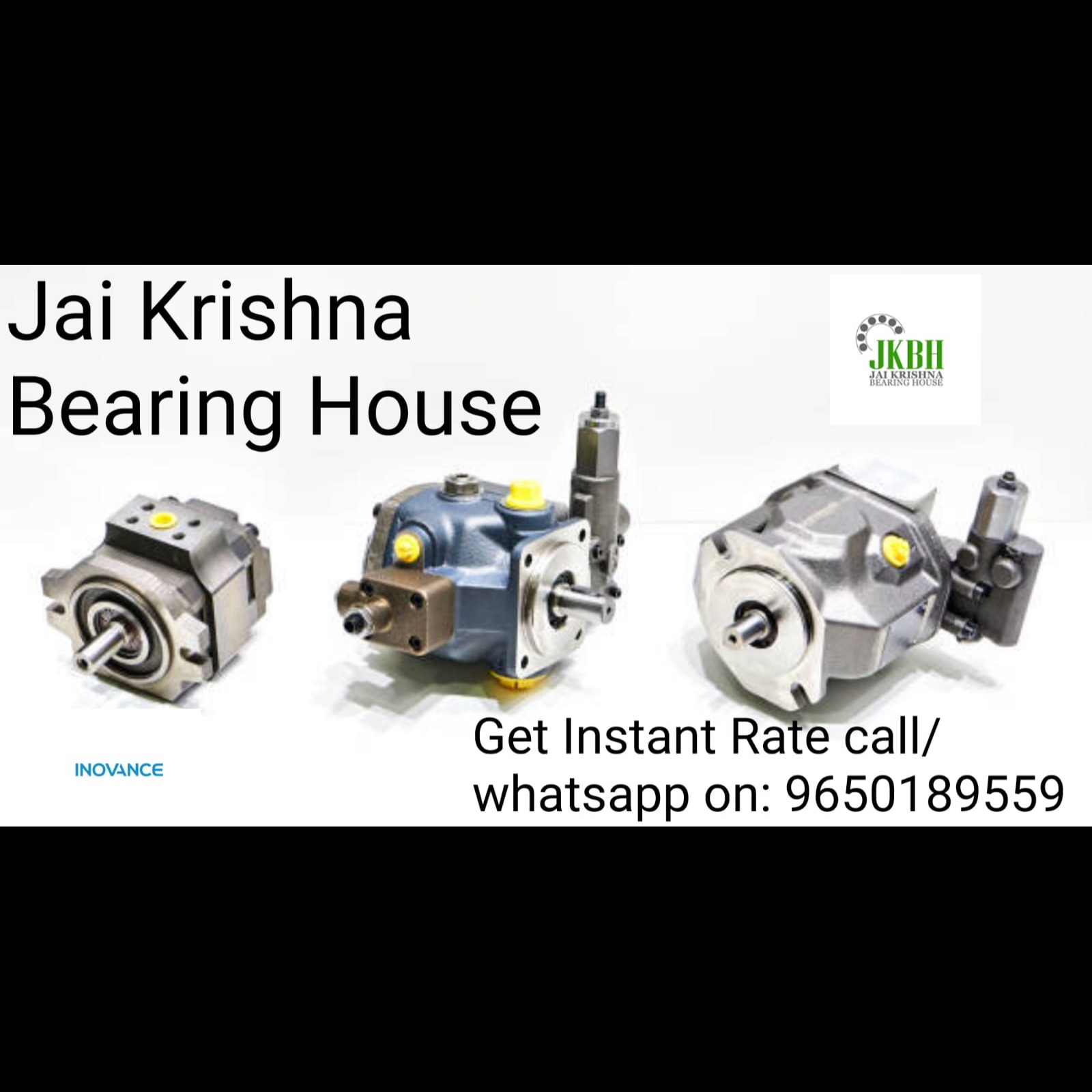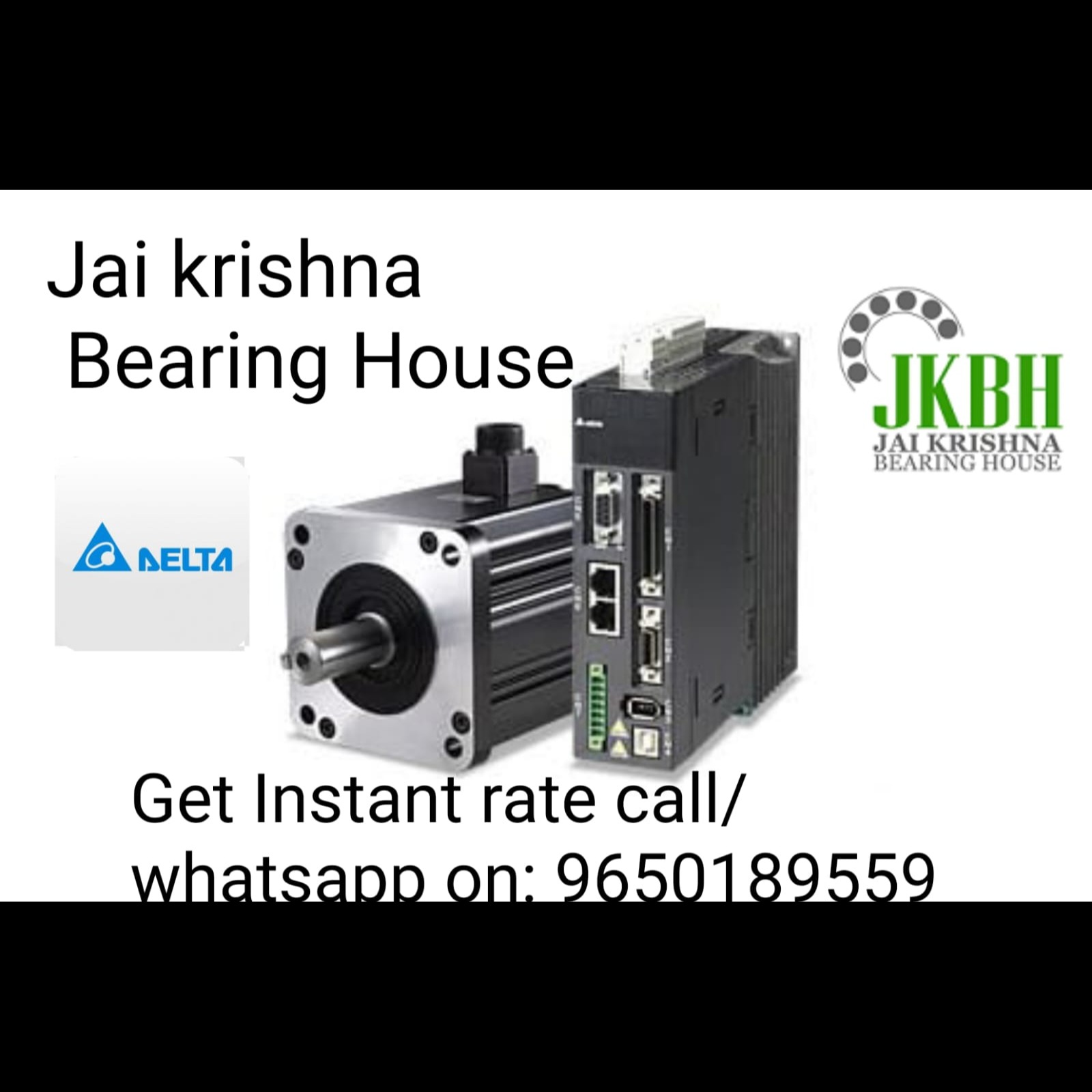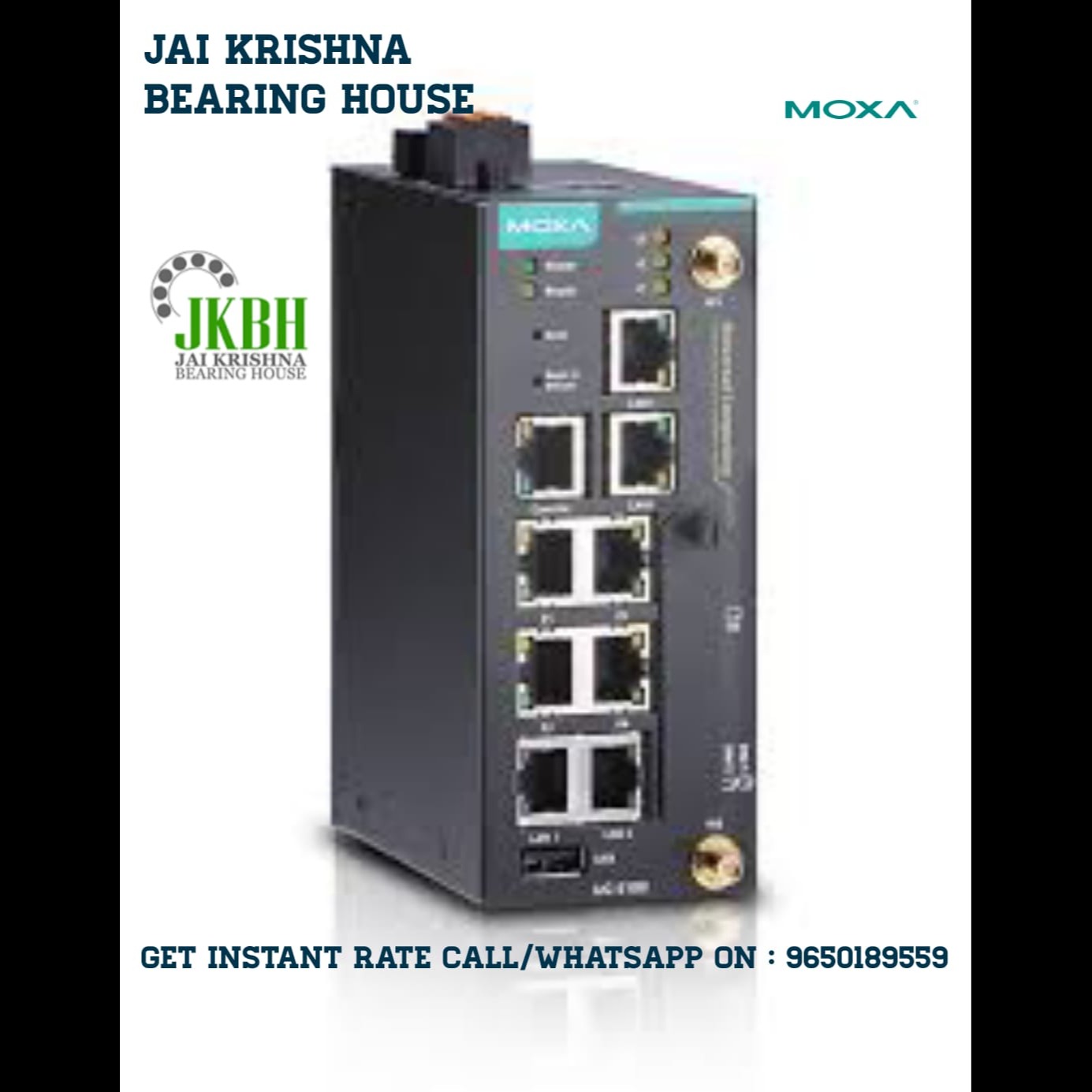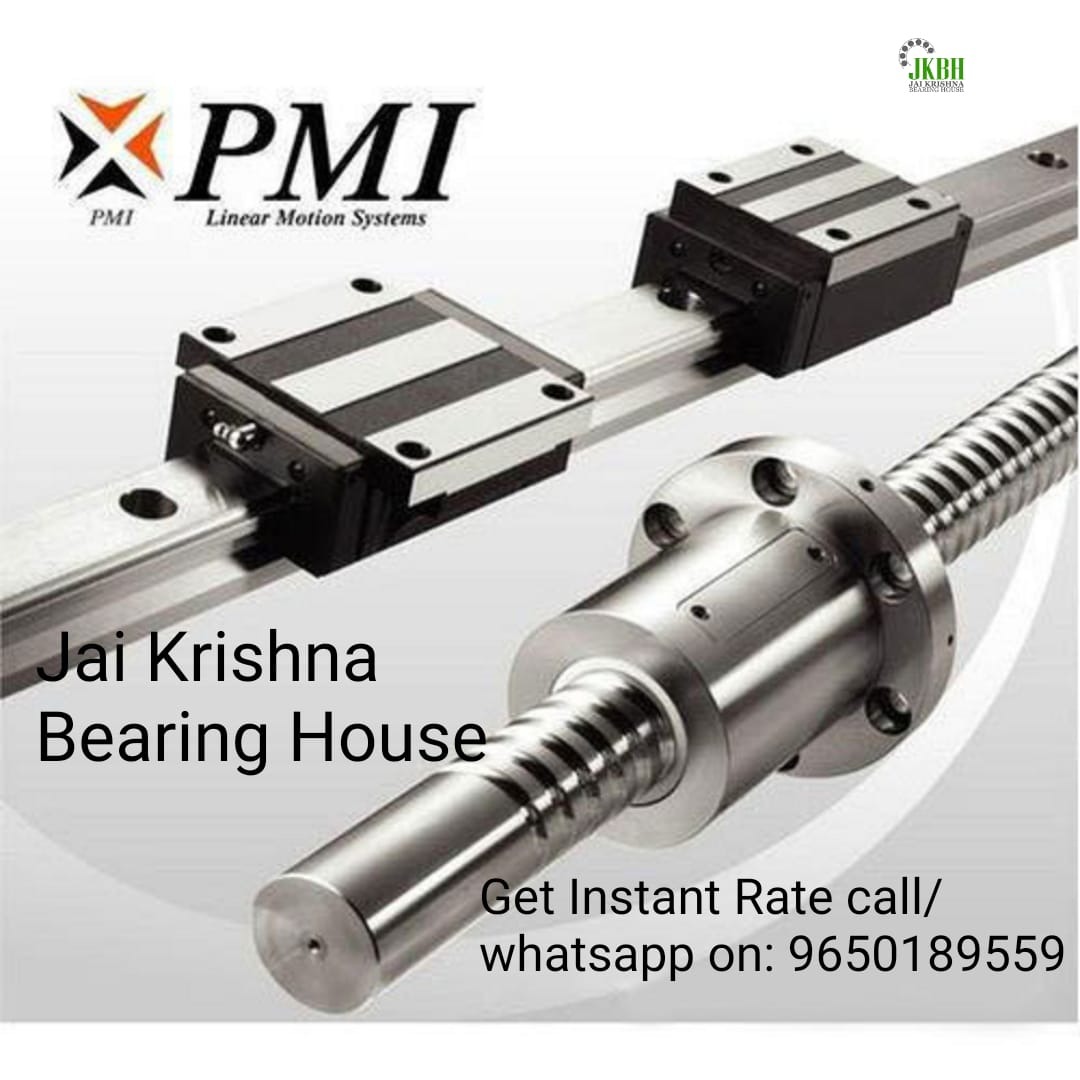
The Inovance Hydraulic Pump is an integral component in hydraulic systems, where it plays a critical role in converting mechanical energy into hydraulic energy by creating flow to move the hydraulic fluid. Inovance is a company known for its automation and control solutions, so their hydraulic pumps are typically designed to work efficiently in conjunction with their PLCs, variable frequency drives (VFDs), and other automation products.
Here’s a detailed breakdown of what you can expect from an Inovance Hydraulic Pump:
Key Features and Specifications
Pump Types:
Gear Pumps: These are commonly used in hydraulic systems for delivering a consistent flow of fluid. They are known for their simple design, durability, and efficiency. Gear pumps can be used in low to medium-pressure applications.
Piston Pumps: Inovance may offer piston pumps for more demanding applications requiring higher pressures and more variable flow. These pumps can handle higher efficiency and provide better control over the pressure and flow.
Vane Pumps: Some models might be vane pumps, which are known for their ability to operate at moderate to high pressures and for providing stable flow rates.
Pressure Ratings:
Hydraulic pumps from Inovance will have a wide range of pressure ratings depending on the model. These ratings are typically in the range of 100 bar to 350 bar (or higher) for general industrial applications.
Flow Rates:
The flow rate of a hydraulic pump indicates the volume of hydraulic fluid the pump can move per unit of time. Inovance hydraulic pumps come with a variety of flow rate options, typically measured in liters per minute (L/min) or gallons per minute (GPM).
Flow rates may range from low (for smaller systems) to high (for larger or more industrial setups).
Variable or Fixed Displacement:
Fixed Displacement Pumps: These pumps deliver a constant flow regardless of load pressure. Fixed displacement pumps are often simpler and cheaper but less flexible.
Variable Displacement Pumps: These pumps can adjust their output flow based on the system’s demand. They provide better efficiency and control in systems where the load varies.
Motor Options:
Inovance hydraulic pumps are often paired with electric motors that can run on AC or DC power, providing flexibility depending on the application.
They can be connected to Inovance variable frequency drives (VFDs) for better speed and flow control, allowing the pump’s output to be adjusted depending on system requirements.
Efficiency and Energy Saving:
One of the benefits of using Inovance’s hydraulic pumps in combination with their VFDs is the ability to optimize energy consumption. The VFDs control the speed of the pump to match the required load, reducing energy usage compared to traditional systems that operate at a fixed speed.
Durability and Material:
Inovance hydraulic pumps are built with durable materials designed to withstand the stresses of industrial environments. For example, the pump casing might be made from cast iron or steel, which provides strength and resistance to wear and tear over time.
Integration with Automation Systems:
As a brand known for automation solutions, Inovance’s hydraulic pumps are designed to integrate smoothly with their control and automation systems, such as PLCs, HMI panels, and other devices. This makes them ideal for use in automated manufacturing and other automated systems.
Temperature and Fluid Compatibility:
These pumps are designed to handle a wide range of temperatures, and they can operate with different hydraulic fluids, including mineral oil, water-based fluids, and synthetic fluids, depending on the specific model and application.
Control and Monitoring:
Inovance hydraulic pumps can often be equipped with sensors or controllers to monitor parameters like pressure, flow, and temperature. This helps to ensure safe and efficient operation while preventing overpressure or overheating conditions.
Applications
Inovance hydraulic pumps are commonly used in various industries, including:
Manufacturing and Production: Hydraulic presses, injection molding machines, and assembly lines.
Construction: Excavators, loaders, and cranes that rely on hydraulic systems for movement and operation.
Agriculture: Tractors and harvesters that use hydraulic pumps to power equipment like plows, lifts, and other attachments.
Mining and Excavation: Machinery like drills and shovels that require powerful hydraulic systems for operation.
Automotive: Hydraulic presses for automotive manufacturing and repair.
Renewable Energy: Systems for wind turbines or solar power trackers that require hydraulic control.
Installation and Maintenance
Installation:
Ensure that the hydraulic pump is connected properly to both the power source (motor) and the hydraulic system. This typically involves securing the pump to the motor, ensuring proper alignment, and connecting inlet and outlet ports to the hydraulic lines.
Keywords
350 bar
100 bar
application control
vfds control
connected properly
specific model
wide range
high pressures
automotive manufacturing
pump casing
control solutions
typically designed
hydraulic pump
outlet ports
connecting inlet
wind turbines
excavation machinery
attachments mining
plows lifts
preventing overpressure
monitor parameters
fluid compatibility
integrate smoothly
automation systems
time integration
cast iron
traditional systems
electric motors
systems demand
smaller systems
minute lmin
detailed breakdown
work efficiently
critical role
integral component
pumps deliver
automated manufacturing
hydraulic lines
hydraulic fluid
hydraulic systems
hydraulic pumps
pressure flow
constant flow
flow rate
consistent flow
creating flow
efficient operation
ensure safe
industrial environments
energy saving
pumps output
vane pumps
power equipment
adjusted depending
hydraulic system
hydraulic fluids
hydraulic energy
variable flow
inovance hydraulic pump
automated systems temperature
handle higher efficiency
hydraulic fluid inovance
pressure ratings depending
flow vane pumps
flow control allowing
inovances hydraulic pumps
efficiency gear pumps
fixed speed durability
durable materials designed
output flow based
typically involves securing
system requirements efficiency
industrial setups variable
automation products heres
offer piston pumps
synthetic fluids depending
maintenance installation ensure
operation agriculture tractors
optimize energy consumption
converting mechanical energy
power source motor
solar power trackers
plcs hmi panels
simple design durability



